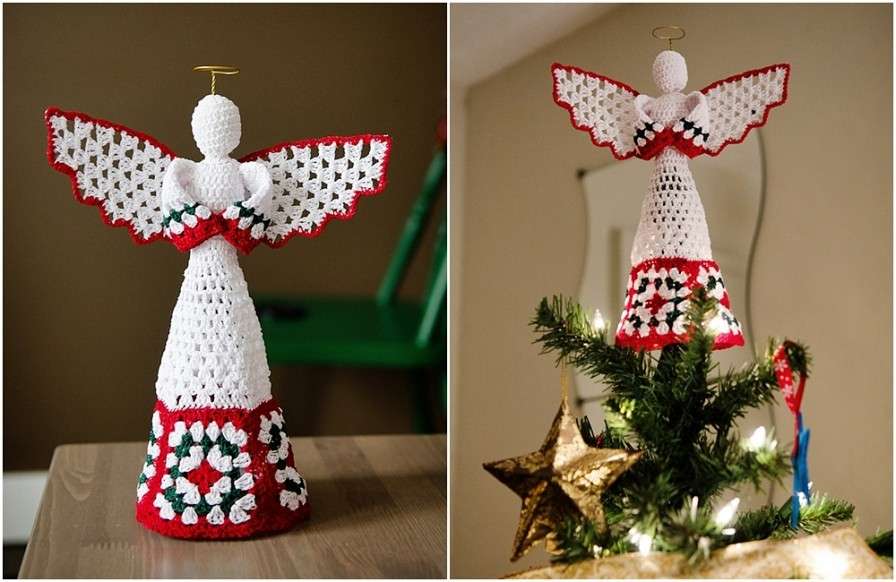The history and origins of angels on the Christmas tree
Angels are traditionally placed on top of Christmas trees to represent their role in the birth of Jesus.
Several angels appear in the biblical story of the first Christmas. Gabriel, archangel of revelation, informs the Virgin Mary that she will be the mother of Jesus. An angel visits Joseph in a dream to tell him that he will serve as the father of Jesus on Earth. And angels appear in heaven above Bethlehem to announce and celebrate the birth of Jesus.
It is the last part of the story - the angels that appear high above the Earth - that offers the clearest explanation of why angels are placed on top of Christmas trees.
Early traditions of the Christmas tree
Evergreen trees were pagan symbols of life for centuries before Christians adopted them as Christmas decorations. The ancients prayed and worshiped outside among the evergreens and decorated their homes with evergreen branches during the winter months.
After the Roman emperor Constantine chose December 25 as the date to celebrate Christmas, the holidays fell throughout Europe during the winter. It was logical for Christians to adopt regional pagan rituals associated with winter to celebrate the holiday.
In the Middle Ages, Christians began to decorate "Trees of Paradise" which symbolized the Tree of Life in the Garden of Eden. They hung fruit from tree branches to represent the biblical story of the fall of Adam and Eve and hung wafers made of pasta to represent the Christian rite of communion.
The first time in recorded history that a tree was specially decorated to celebrate Christmas was in Latvia in 1510, when people placed roses on the branches of a fir tree. The tradition quickly gained popularity and people began to decorate Christmas trees in churches, squares and houses with other natural materials such as fruit and nuts, as well as with biscuits baked in a variety of forms, including angels.
Tree Topper Angels
Eventually the Christians began to put the figures of angels on top of their Christmas trees to symbolize the meaning of the angels who appeared on Bethlehem to announce the birth of Jesus. If they did not use an angel ornament as a tree topper, they used to usually a star. According to the biblical story of Christmas, a bright star appeared in the sky to guide people to Jesus' birthplace.
By placing angels on top of their Christmas trees, some Christians were also making a declaration of faith intended to scare evil spirits away from their homes.
Streamer and Tinsel: Angel 'Hair'
After Christians started decorating Christmas trees, they sometimes pretended that angels were actually the ones who decorated the trees. This was a way of making the Christmas holidays fun for the kids. People wrapped paper streamers around the trees and told the children that the streamers were pieces of angel hair that had been captured in the branches when the angels leaned too close as they decorated.
Later, after people figured out how to extract silver (and therefore aluminum) to produce shiny streamers called tinsels, they used it on their Christmas trees to represent angel hair.
Angel ornaments
The earliest angel ornaments were handmade, such as angel-shaped cookies or angel ornaments made from natural materials such as straw. In the 1800s, glass blowers in Germany were making glass Christmas ornaments and glass angels began to adorn many Christmas trees around the world.
After the Industrial Revolution made the mass production of Christmas ornaments possible, many large styles of angel ornaments were sold in department stores.
Angels remain the popular Christmas tree decorations today. High-tech angel ornaments implanted with microchips (which allow angels to shine from within, sing, dance, speak and play trumpets) are now widely available.
